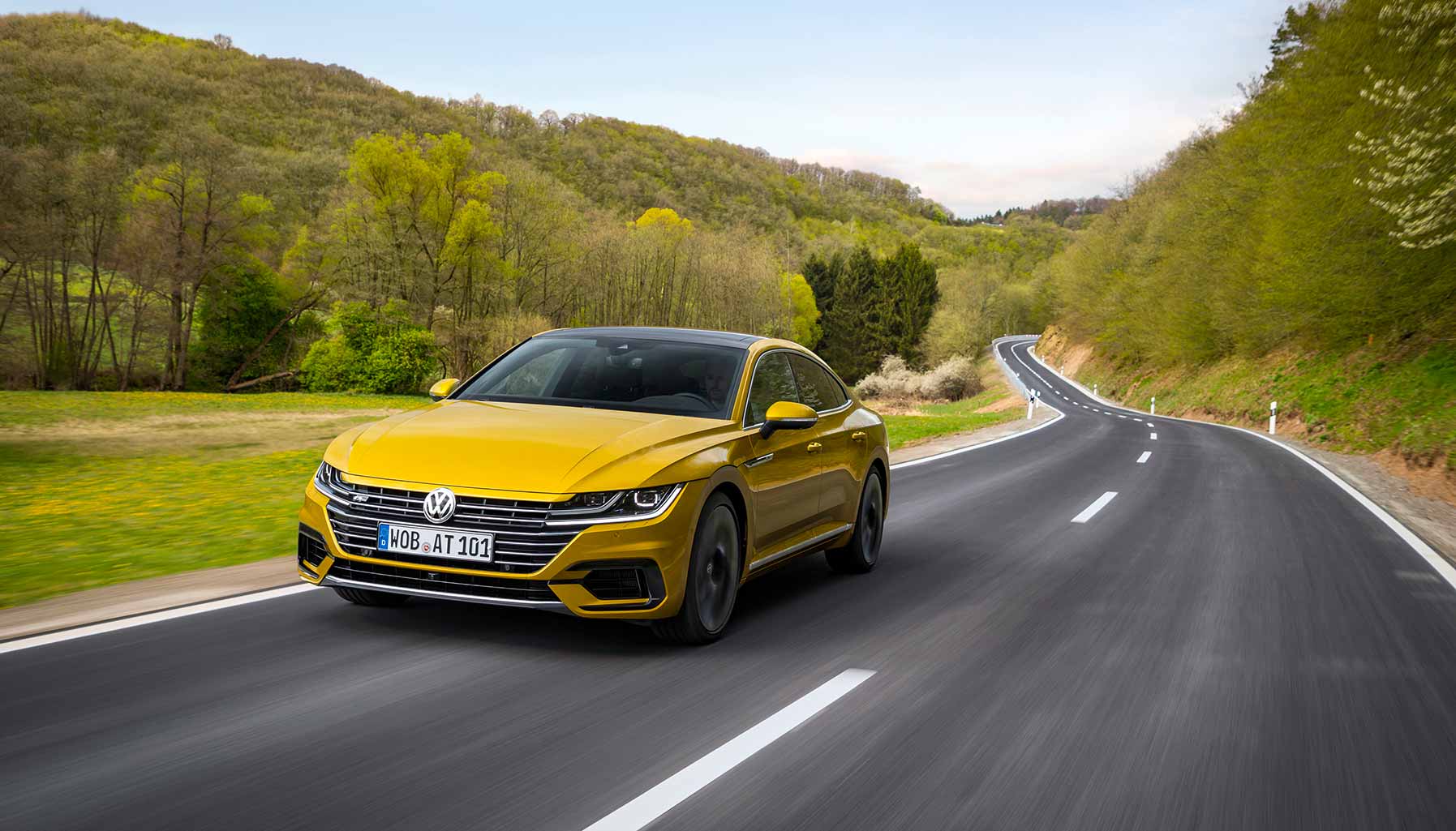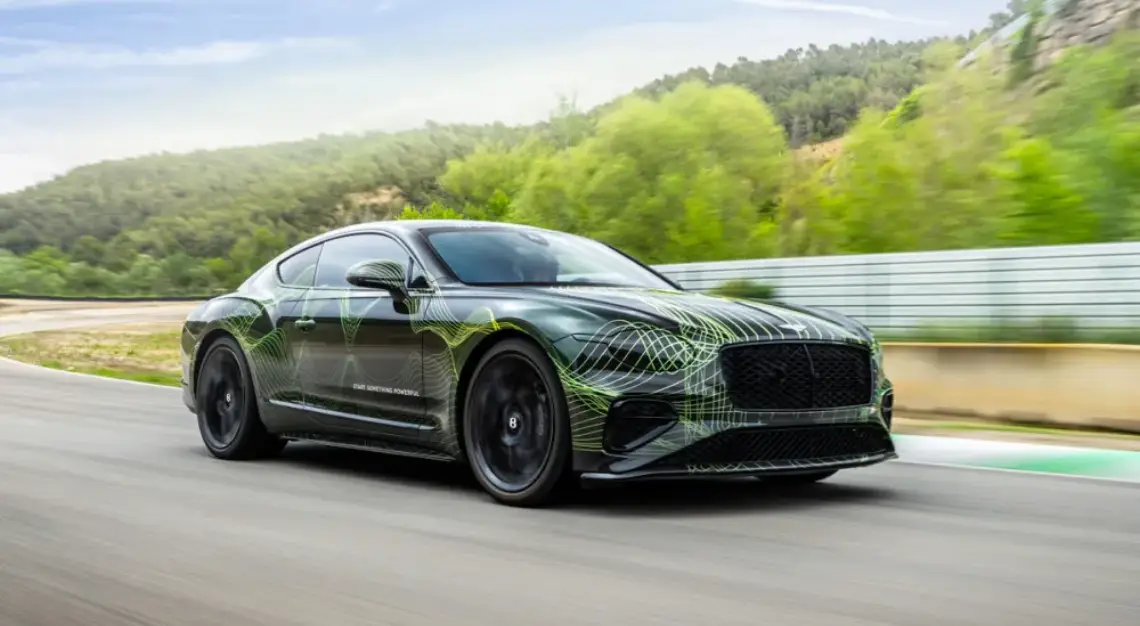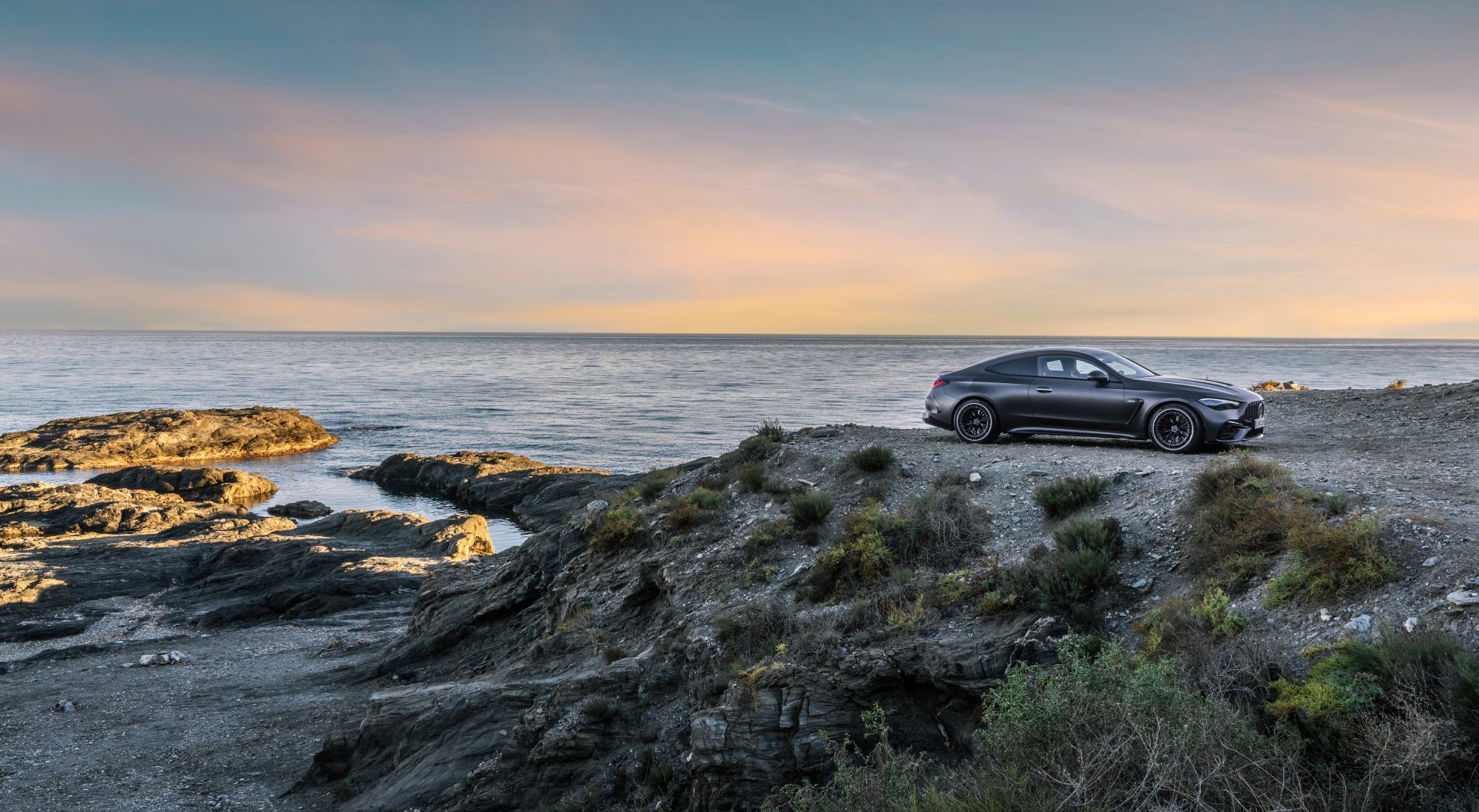The five-seater sedan successfully bridges the premium gap in the automobile market in Singapore
Not all cars were created equal. Take for example, the Volkswagen Passat CC and Volkswagen Arteon. Even though they’re nominally the same thing, nothing is more mood-killing than saying “Passat”, except perhaps “Comfort Coupe” (that’s what the CC stands for).
But I tell a lie. While the Arteon is ostensibly the successor to the Passat CC, the reality is it’s a different car. It’s positioned closer in size and positioning to the ill-fated Phaeton limousine, the personal pet project of he-who-shall-not-be-named.
Given all that, it’s no surprise the Arteon is currently the most expensive car Volkswagen retails in Singapore, and in range-topping R-Line trim, it costs $217,400. It’s not exactly wallet-busting in the grand scheme of things, but it’s also worth noting the Arteon costs twice as much as an entry-level Golf.
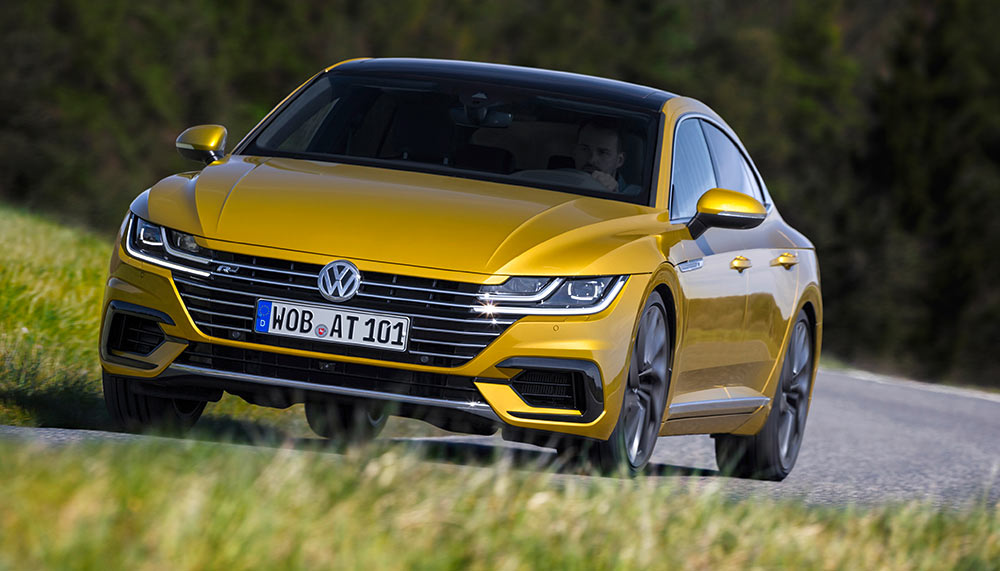
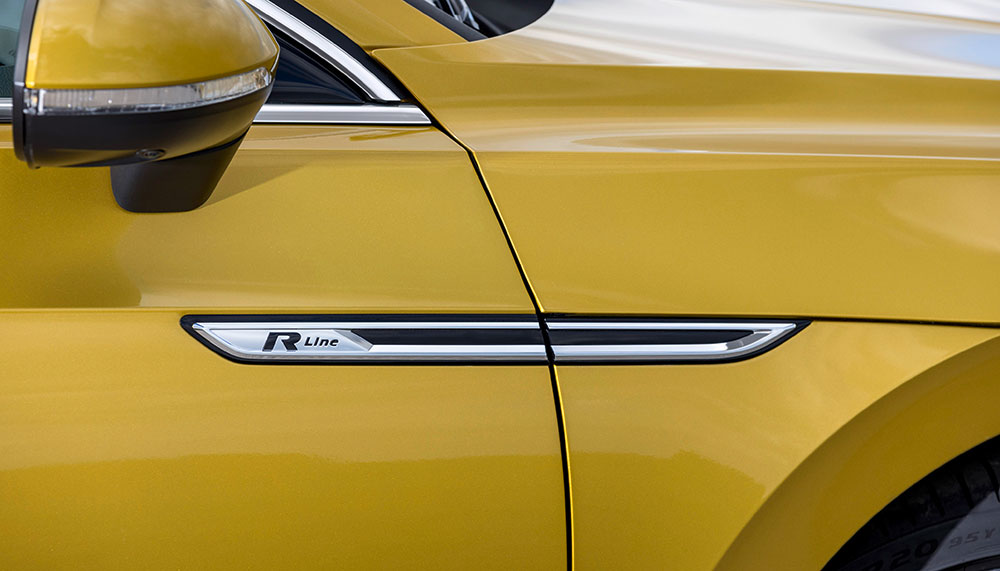
Size, Where It Counts
It’s also bigger than the Passat, with the Arteon’s wheelbase measuring 2,837mm versus 2,791mm. Where its predecessor the Passat CC was merely a Passat in a fancy dress, the Arteon is still a Passat in a fancy dress… but a touch larger.
It also helps said fancy dress is a touch fancier. A clamshell bonnet, 20-inch wheels, razor-sharp creases on its sheetmetal and tasteful chrome accents make it clear the Arteon is decidedly not the budget option.
On the inside, it gets Nappa leather seats (with borderline questionable faux carbon fibre-print accents), a 12-inch all-digital instrument cluster, 9-inch touchscreen infotainment system. Oh yes, a sunroof too, if that sort of thing matters to you.
And you can have it in a particularly lurid shade of metallic highlighter-yellow. It won’t be to everyone’s liking, that’s for sure. But it’s hard to argue with how bold colours are the sort of thing that elevates a car beyond a mere means of transport.
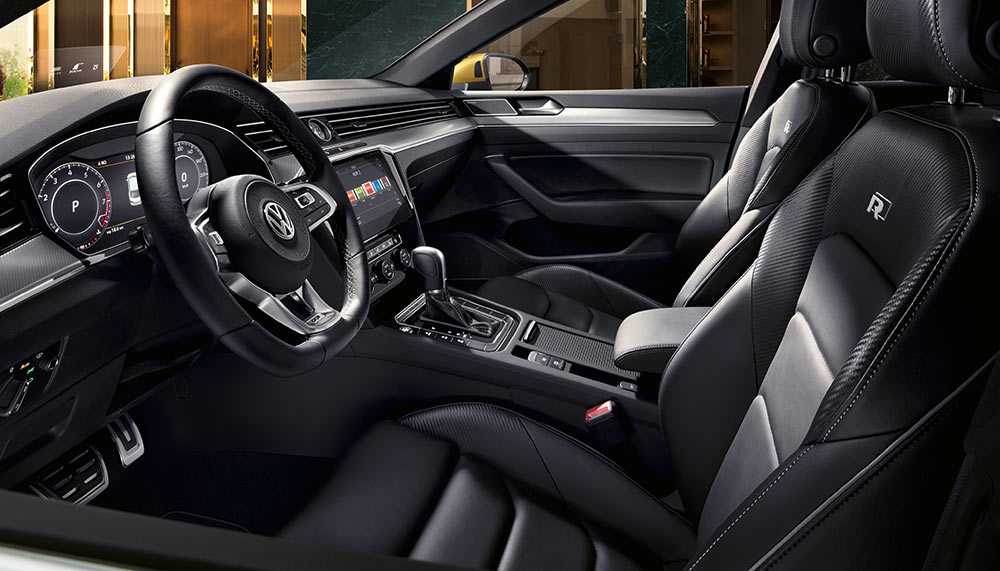
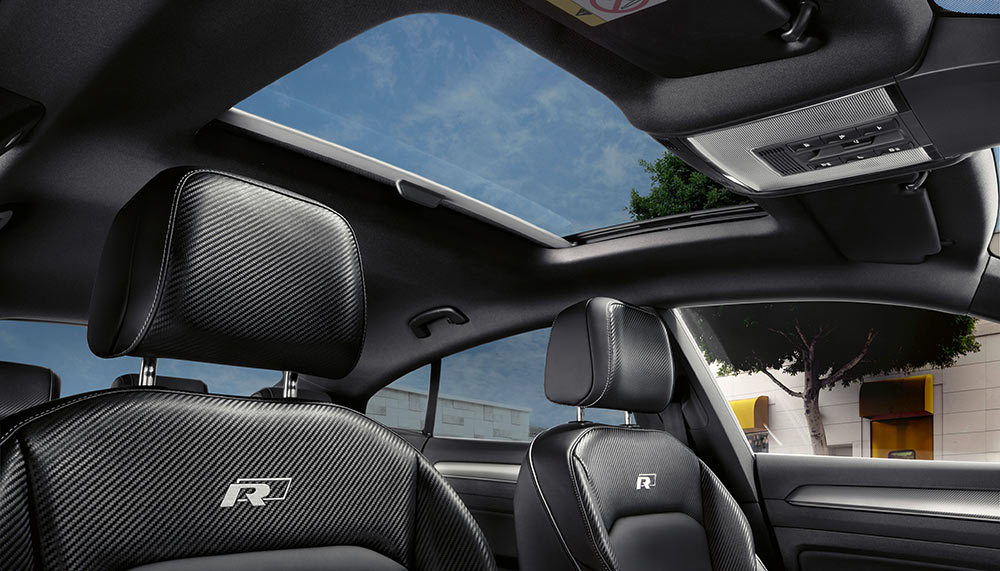
Looks Aside, It Walks The Walk
And because it really wouldn’t do to have a fast-looking car not actually be quick, Volkswagen has seen fit to equip the Arteon with the turbocharged 2-litre engine from the Golf R, though with 6bhp and 30Nm less.
Still, 280bhp and 350Nm is hardly anything to be sneezed at. It may not have the outright poke of the Golf R (a 0-100km/hr time of 4.6 seconds versus 5.6 seconds), but where the Arteon wins is in its long-leggedness and long-haul touring ability.
A Cut Above The Rest
And that perhaps is the biggest indicator of the Arteon’s premium aspirations.
As with all cars that utilise the Volkswagen Group’s new MQB platform, the chassis is prodigiously stiff and the suspension surprisingly pliant. Of course, should you decide you need it firmer, the Arteon has adaptive suspension, which now can be adjusted incrementally, instead of the usual “marshmallow”, “Goldilocks” and “internal organ-liquifying”.
Personally, I found one click or two clicks off its middle setting perfect for most situations, even when thrashing the car. Along the tenacity afforded by its all-wheel-drive and Pirelli P-Zero tyres, the Arteon is surprisingly good at hustling.
That said, the Arteon isn’t exactly great on narrower roads or carparks, owing to its length and width, which is a fair bit longer than I expected it to be.
Again though, that isn’t where the Arteon excels. It’s most at home on long highways and sweeping bends, where the full force of its refinement and galactic seventh gear can be brought to bear.
Close your eyes (only figuratively, please don’t try this while driving) and it’s easy to imagine the Arteon being a car that costs twice as much. The only thing betraying its somewhat more humble roots is the fact the Arteon’s ride can get choppy. It doesn’t have the damping sophistication of something like a Porsche Panamera, but then again, that’s twice as expensive.
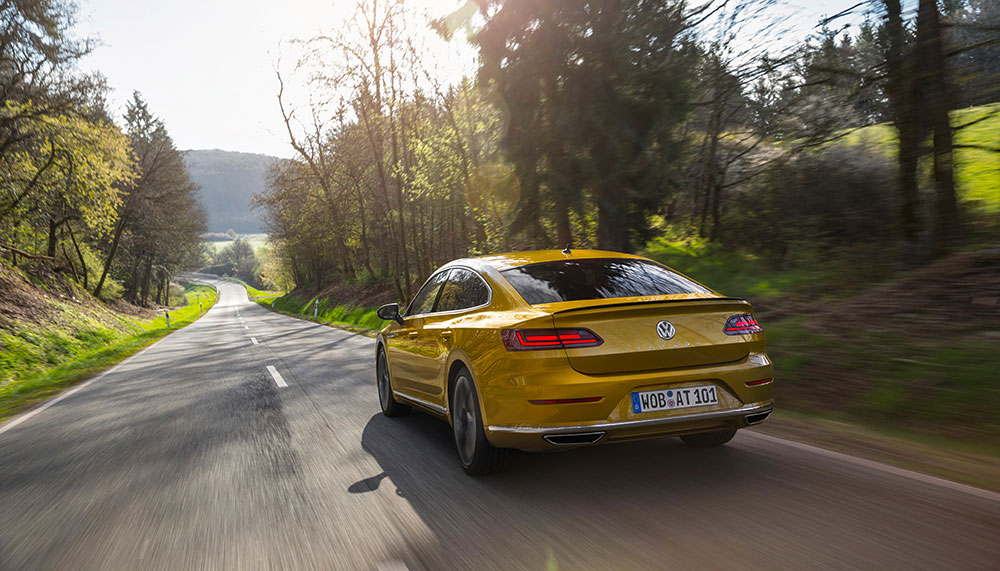

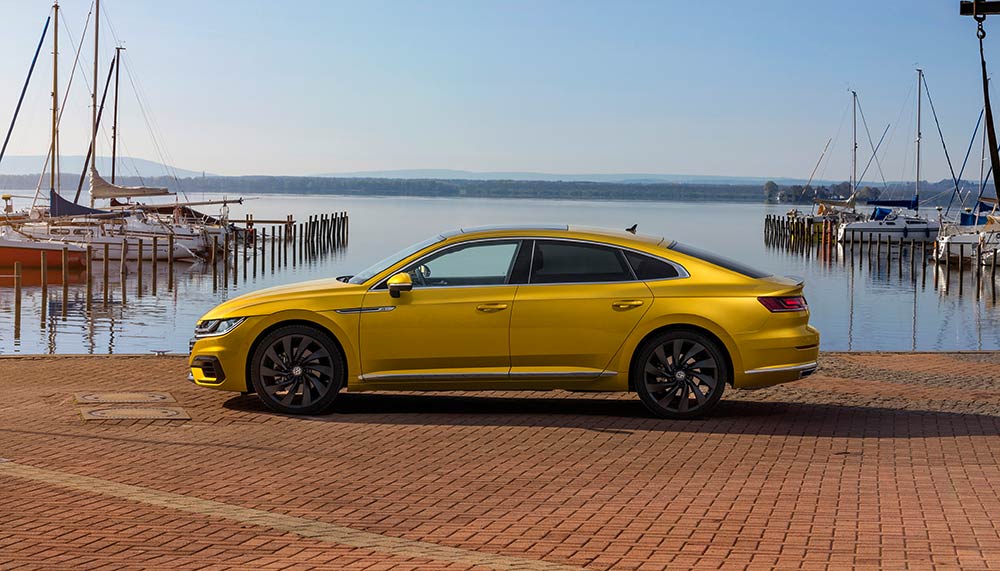
The Brightest Spark In The Room
In more instances of the Arteon’s upmarket leanings, it has interior ambient lighting of various interior zones (excluding the footwell) via LED light strips. Three colours are on offer: blue, white and yellow.
Strangely enough, you can’t control the brightness of the various zones independently, however, as it’s linked to the the dashboard’s backlighting. For example, I like a dim footwell, medium on the door panels and a bright instrument cluster.
Well, with the Arteon, it’s either painfully dim or the blazing glare of a star about to go supernova. Of course, you could just turn the ambient lighting off, but everybody would know you’re a prole who bought a car without interior ambient lighting.
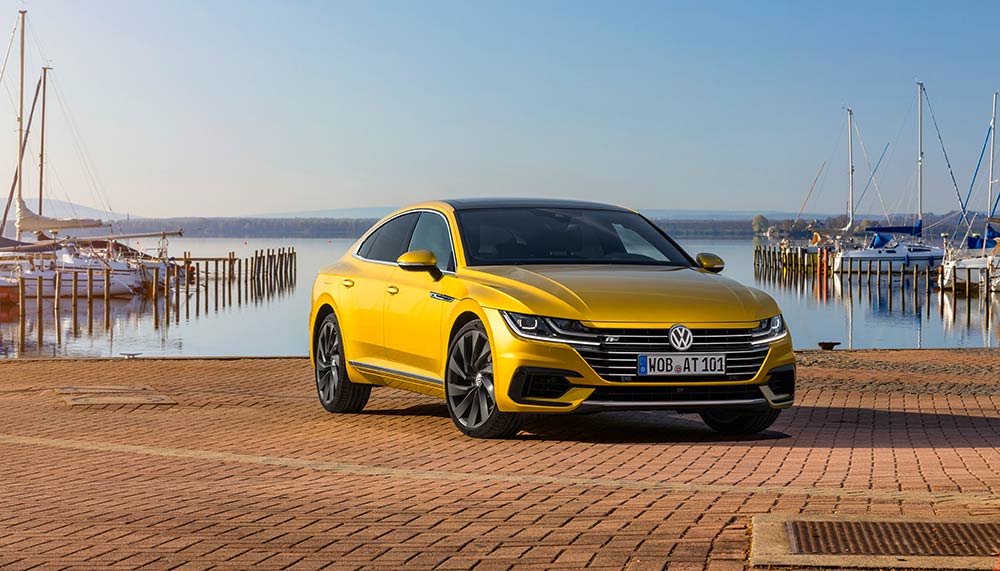
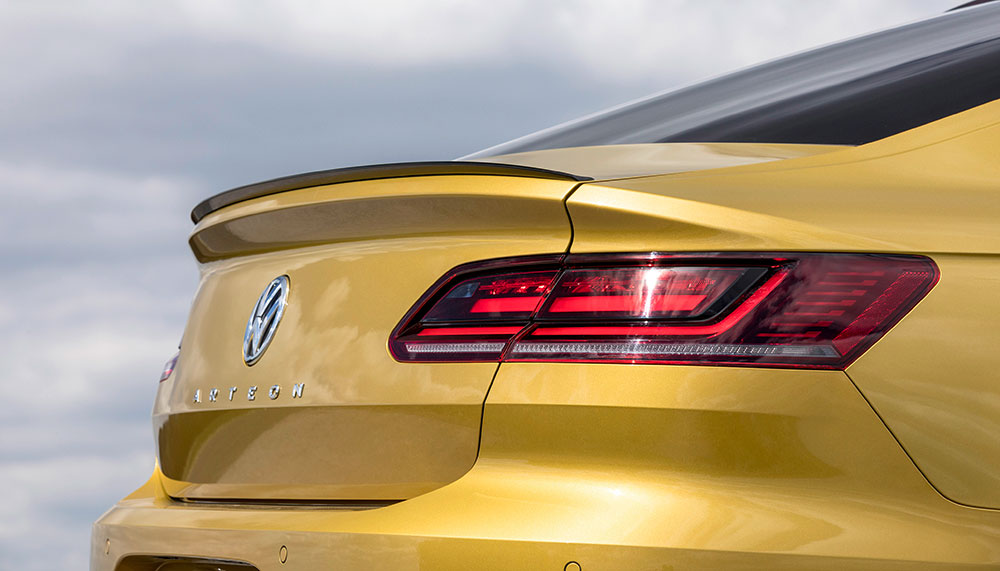
Should You Buy The Volkswagen Arteon?
In all honesty, there’s very little to complain about with the Arteon. It’s got the looks, the equipment and the handling to match or even outclass the premium competition.
The only thing the Arteon doesn’t have is the badge to back it up, the same problem that held the Phaeton back.
But what the Arteon has that the Phaeton doesn’t is a far more attractive price tag.
Also, metallic highlighter-yellow paint.
And those two points might just make a world of difference.
